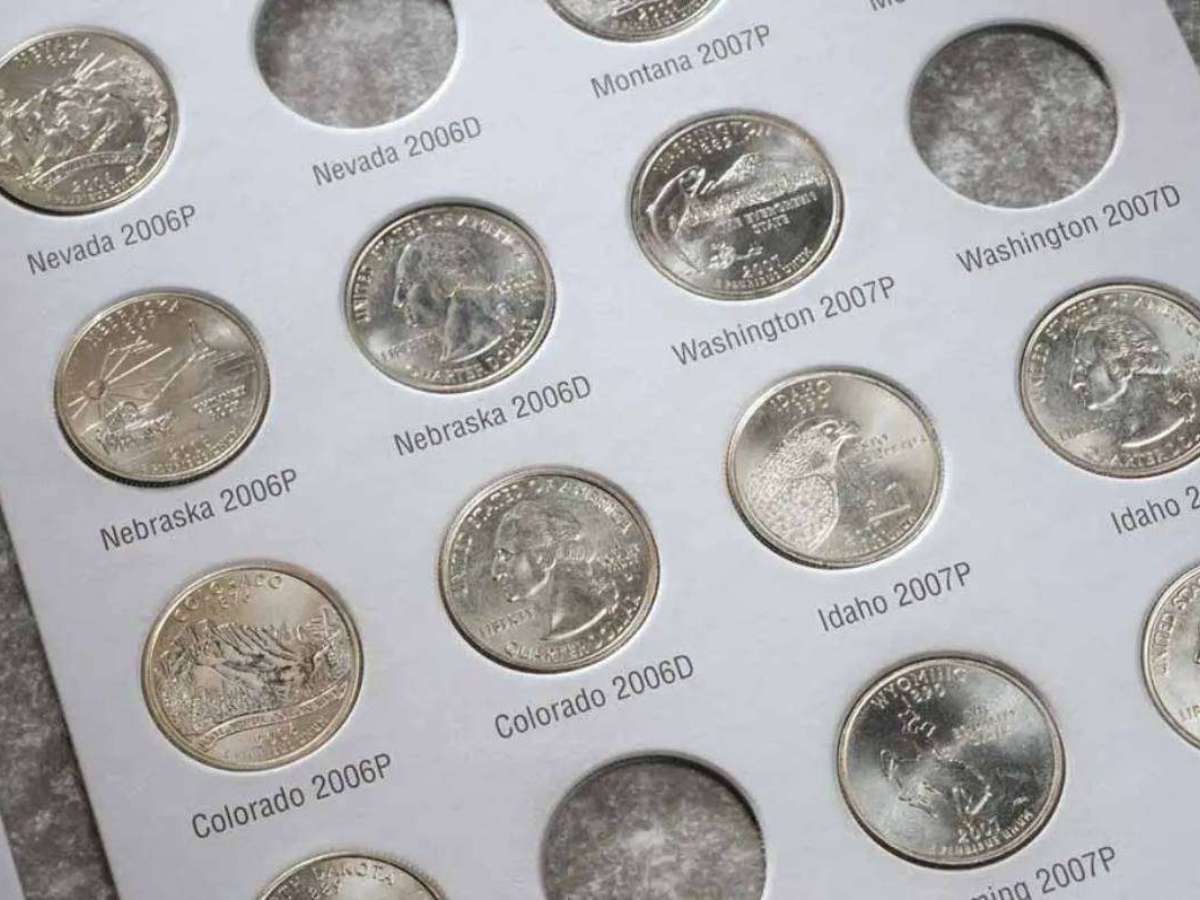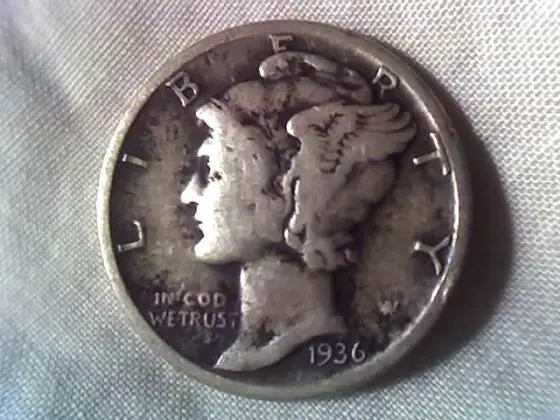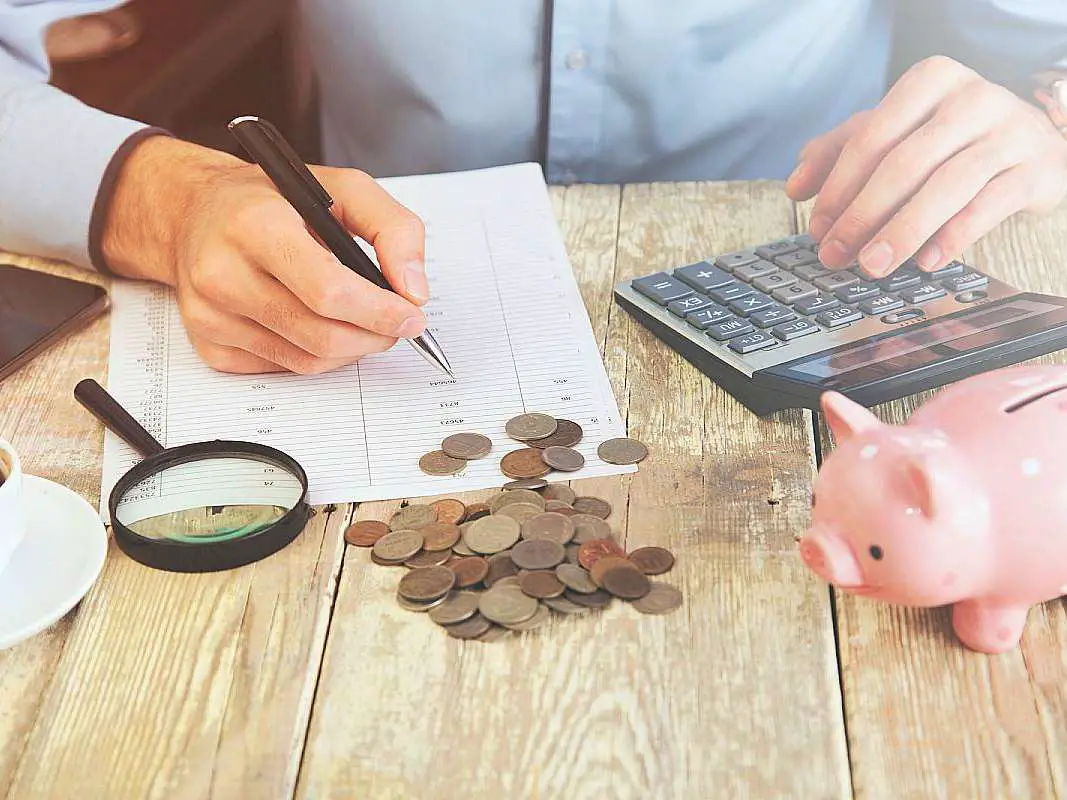OK, as I start every post I write about how to clean coins… I’m going to put this blanket statement out there:
I strongly urge anybody who wants to clean their coins to reconsider!
Why?
Because a improper coin cleaning can:
- Ruin a coin’s value
- Damage its surface
- Deny future generations the chance to enjoy your coin in its wholly original form
That being said, some people will still engage in cleaning coins anyway — in an attempt to make it look brand new again.
While most posts usually tell you HOW to clean coins, I’d like to try something different: tell you how NOT to go about cleaning your coins.
After all, there really is only one way to clean your coins safely. (Details below.)
Unfortunately, many of the popular methods seen online are actually detrimental to coins and could leave yours with only a fraction of their original collector value!
So, what ways shouldn’t you clean your coins?
What NOT To Do When Cleaning Coins
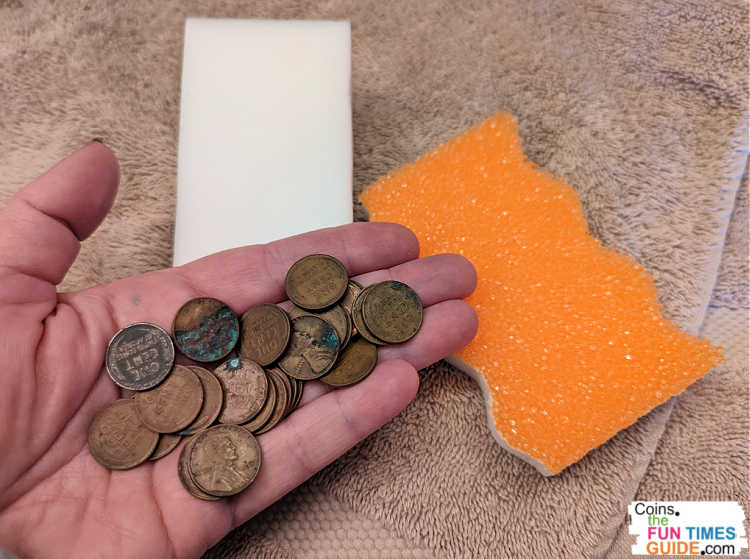
Here’s a debunking of some popular coin cleaning methods:
You Shouldn’t Clean Coins With Toothpaste – It Certainly Won’t Whiten Abraham Lincoln’s Teeth
You’ve probably seen a few websites that suggest your coin’s pearls need to be a little whiter. However, you’d be better if you skip making your coins minty fresh. Toothpaste is a highly abrasive agent that will strip away more than just plaque – it could literally remove metal right from your coin. I used to experiment with rubbing toothpaste on some of my coins years ago, but I ended up ruining every coin I cleaned with it. Each victimized coin looked unusually shiny, and 5X magnification revealed countless tiny striations in the surface, rendering the coins almost worthless.
Here’s how that is done (I’m using “junk coins” in this video):
Ketchup Isn’t How I Clean Coins Unless I Want To Eat Them Fried
Who doesn’t love a little ketchup with their French fries? Some people love ketchup so much they even put it on their coins… well, maybe not because ketchup makes coins taste any better, but because the shiny, red condiment can help remove grime, grease, and other surface adherents from coins. The highly acidic nature of ketchup helps lift away dirt and debris when gently rubbed onto coins. However, the acid can also wash away a coin’s patina, significantly lowering the value of the coin.
Here’s how that is done with coins only worth face value:
Baking Soda And Vinegar Is Great For Science Fair Volcanoes But Not For Enhancing Your Coins’ Value
When I first began collecting coins and wanted to learn how to clean them, I learned that mixing baking soda and vinegar in a glass creates a highly potent solution that can strip away dirt and grime from coins. All that has to be done is to mix the baking soda and vinegar together (about 1 part baking soda and 4 parts vinegar is the ratio I always followed) in a bowl or glass then immerse the coins you want to clean; this mixture seems to work especially well on pennies. In fact, it works so well that, like the other coin cleaning brews mentioned here, it can completely strip away the original patina and obliterate the value of the coin.
Here’s how that is done using junk coins:
Metal Polish Will Tarnish A Coin’s Value
You can’t watch daytime TV without seeing at least one or two ads touting the latest and greatest silver or copper polish. Maybe you’ve even thought of buying some for yourself so you can shine your old coins right up! Well, perhaps you’ll want to save your $9.95 bottle of Shiny-O for your jewelry, pots, and pans, because all of the metal cleaners, dips, and polishes you’ve seen advertised on TV or on the shelves at your neighborhood big box store will ruin your coins’ surface patina. In some cases, these metal cleaners contain caustic chemicals that will permanently damage the coin.
How DO You Safely Clean Coins, Then?
There are only two methods I recommend to anyone who wishes to clean coins at home:
#1 – Water Bath
- Hold your coin under gently running tepid water for a few moments — not too hot, and not too cold.
- Use very light pressure from your finger to remove any debris from the coin while it’s being held under the stream of water.
- Remove the coin from the stream of water.
- Pat the coin dry with a soft cloth. Do NOT rub the cloth on the coin. Simply pat dry, without rubbing.
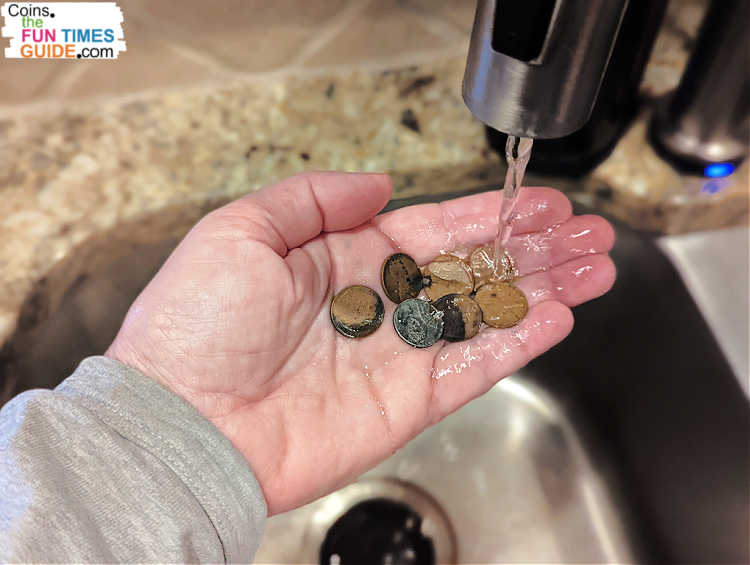
What this method of coin cleaning does is wash away loose surface particles without damaging the coin’s delicate surfaces.
And, the beauty of cleaning a coin this way is that it really isn’t even considered “cleaning” at all, by most standards. That’s because a coin is usually only considered “cleaned” if it shows hairlines or other signs of damage consistent with an abrasive cleaning — as would be caused by the methods explained earlier in this post.
#2 – Acetone Bath
- Place your coin into an aluminum tin pan.
- Pour a little bit of 100% pure acetone nail polish remover over the coin — just enough to ensure that the coin is completely submerged.
- Let it set for a few moments, soaking in the acetone.
- Flip the coin over, and let it soak for a few more moments.
- Remove the coin from the acetone bath.
- Pat the coin dry with a soft cloth. Do NOT rub the cloth on the coin. Simply pat dry, without rubbing.
In this video, I’m showing you how to safely clean coins yourself. First, the water bath method, followed by the acetone bath method:
These two methods are the ONLY safe ways to clean your coins at home yourself without damaging your coins and lowering their value!
Keep in mind, the goal is never to make the coin look brand new and shiny.
The goal of cleaning coins is simply to prevent future damage by removing whatever contamination is already on the coin’s surface that could further discolor or devalue the coin itself.
So, that’s what you need to know about proper coin cleaning!


